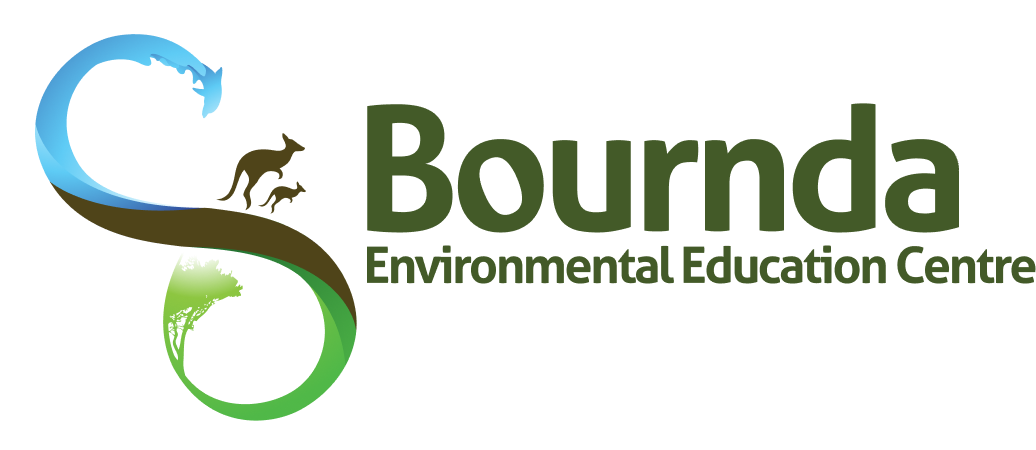Year 11 Biology

Program Overview
Bournda National Park contains a wide variety of ecosystems that provide the perfect opportunity for scientific investigation. Such habitats include rocky shores, sand dunes, eucalypt forests, heathlands, coastal rainforest, freshwater wetlands and estuaries that encompass seagrass meadows and saltmarsh.
The Stage 6 Biology program can be delivered as a 1-day field trip or as an extended overnight camp. The intertidal rocky shore component can also be investigated further as part of a detailed depth study.
Teachers can select one or more activities/habitats depending on the duration of their visit or area of interest.
Key Questions
Inquiry question: How do environmental pressures promote a change in species diversity and abundance?
Inquiry question: How do adaptations increase the organism’s ability to survive?
Inquiry question: What effect can one species have on the other species in a community?
Inquiry question: How can human activity impact on an ecosystem?
Learning Experiences
Bournda Island intertidal rocky shore investigation
The intertidal rocky shore surrounding Bournda Headland and Bournda Island harbour a fascinating array of living creatures and provide excellent opportunities for fieldwork.
Students will investigate how species are adapted to the rocky shore environment and how their adaptations allow them to survive in this dynamic environment. Students examine the trophic relationships of the intertidal zone creating food webs.
- Hands-on ecological survey methods
- Examine adaptations for attachment, feeding. gas exchange, avoiding desiccation.
Exploring Wallagoot Lake
Wallagoot Lake has extensive areas of seagrass meadows. Students examine why this highly productive community is so important in terms of habitat, aquatic nursery, and nutrient cycling.
Students use dip nets to survey biological abundance and diversity within Wallagoot Lake and if conditions are suitable can also utilise equipment such as Kayaks, underwater drone and snorkelling equipment to collect data and make observations.
- Seagrass identification and adaptations
- Trophic relationships within Wallagoot Lake
- Human impacts
- Water quality data collection Students measure water quality parameters such as salinity, temperature, pH and dissolved oxygen and learn how these abiotic factors influence aquatic life
Sand Dune Study
Students investigate the biotic and abiotic factors associated with the sand dune vegetation ecosystem found at Bournda National Park.
- Why are sand dunes important?
- Transect Study – Vegetation Profile
- Quadrat Study – Mapping Vegetation
- Measuring Abiotic Variables
- Plant and Animal Species Profile
- Human Impacts
Syllabus Outcomes
Biology Stage 6
• describes biological diversity by explaining the relationships between a range of organisms in terms of specialisation for selected habitats and evolution of species BIO 11-10
• analyses and evaluates primary and secondary data and information BIO11/12- 5
• analyses ecosystem dynamics and the interrelationships of organisms within the ecosystem BIO11-11
